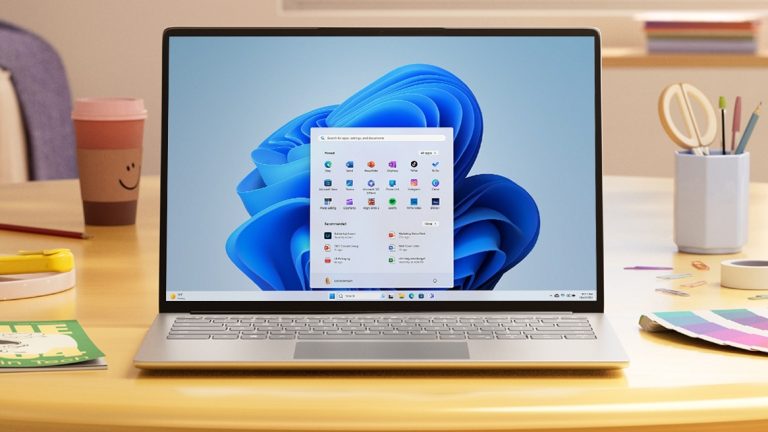Introduction
Along with viruses, one of the biggest threats to computer users on the Internet today is malware. It can hijack your browser, redirect your search attempts, serve up nasty pop-up ads, track what web sites you visit, and generally screw things up. Malware programs are usually poorly-programmed and can cause your computer to become unbearably slow and unstable in addition to all the other havoc they wreak.
Many of them will reinstall themselves even after you think you have removed them, or hide themselves deep within Windows, making them very difficult to clean. This guide will detail the different varieties of malware along with basic preventive measures. In a follow-up article, we will examine the removal process and review a set of spyware removers. Although also considered to be malware, programs such as viruses, worms, trojans, and everything else generally detected by anti-virus software will not be discussed here, and the use of the word malware will only explicitly refer to software that fits in the categories listed below.
You can get infected by malware in several ways. Malware often comes bundled with other programs (Kazaa, iMesh, and other file sharing programs seem to be the biggest bundlers). These malware programs usually pop-up ads, sending revenue from the ads to the program's authors. Others are installed from websites, pretending to be software needed to view the website. Still others, most notably some of the CoolWebSearch variants, install themselves through holes in Internet Explorer like a virus would, requiring you to do nothing but visit the wrong web page to get infected.
The vast majority, however, must be installed by the user. Unfortunately, getting infected with malware is usually much easier than getting rid of it, and once you get malware on your computer it tends to multiply.

















